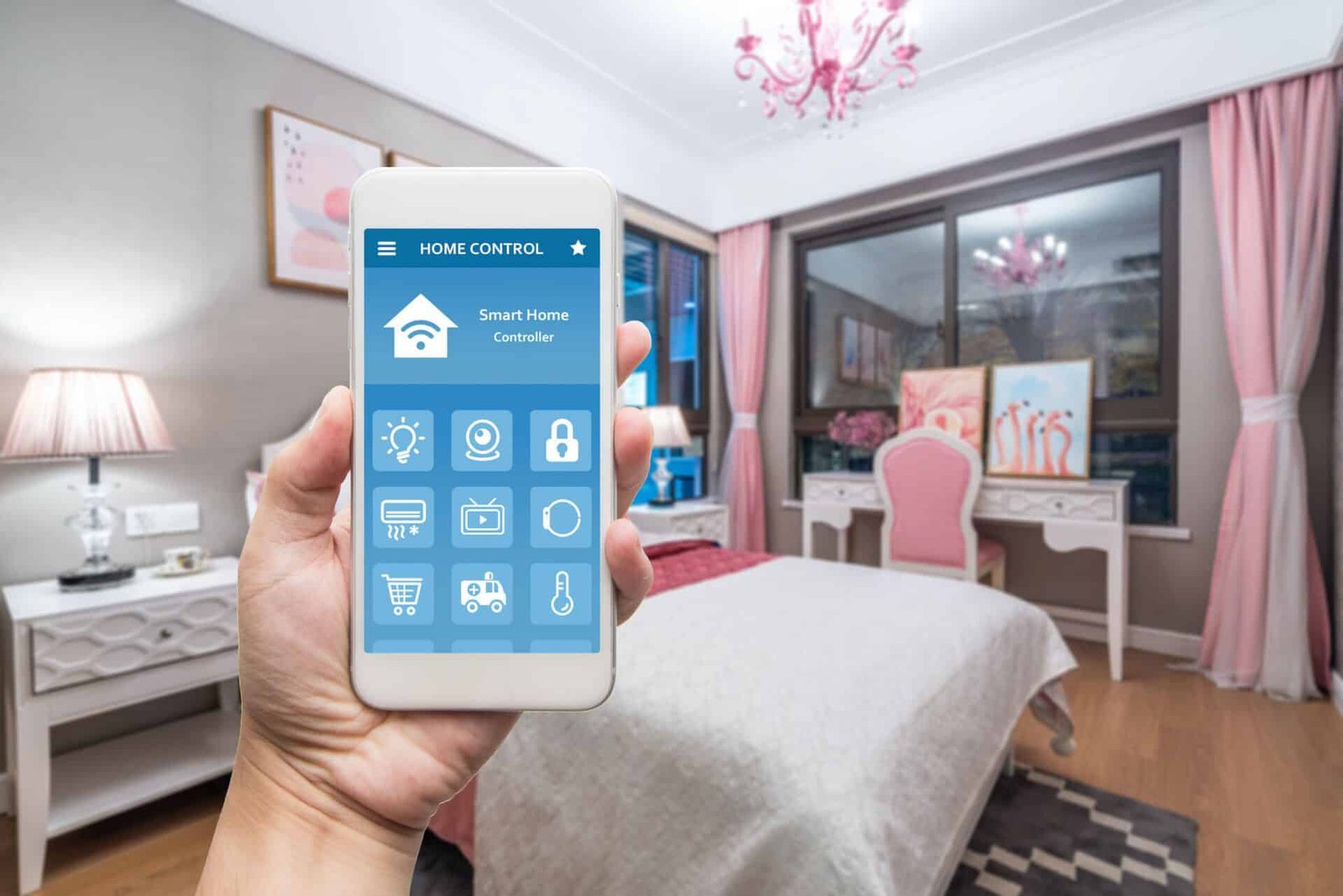Home automation? What is that? Do I need to know what it is? Home automation is awesome! Dale Dumbs It Down is going to share some of our favorite principles with Home automation. What we’re going to cover in this article are just the basics you need to know when it comes to home automation and some of the guiding principles we use when it comes to getting started. These core ideas apply to just about everything home automation. If you’re just getting started, then these principles will be good to go over and be mindful of as you select home automation devices. If you’re already building out your smart home, this may still spark some new ideas and how to make your home automation gameplan even better!
Home Automation: Where Do I Begin?
While smart home tech has definitely improved and is much more accessible in recent years, it’s still a bit of a conundrum for some people and there’s a lot of noise out there on what to do. Unfortunately, a lot of that information is wrong, by the way. More likely than not, you’ve most likely been inundated with ads, commercials, and advice on the hundreds of choices for smart outlets, smart lightbulbs, smart vacuums, smartphones, smart locks, smart thermostats…everything! How are you supposed to know? In another post, we’ll dive into some of our favorite smart home devices, but until then we want to dish on some of the principles to follow before you even think about home automation.
Basic Principles With Home Automation
One of the most valuable pieces of information we can give you is to have a game plan based on principles before you start diving into smart devices. It is not uncommon for some people to be into a smart home setup 10-15 devices where only a handful of them communicate with each other. The last thing you want is to have your Amazon echo control some devices, while your Google Assistant controls another set of devices. You might be chuckling at this, but it does happen.
Principle #1 – Make A Plan
This isn’t always as easy as you think, but don’t just start buying the first smart device for your home without having some kind of an idea or plan. Are you a Google Home fan? What about Amazon? Do you already have a basic setup now? Think about what you want. And don’t just fall for the price as a reason to buy something. One of the biggest mistakes people make with smart home devices is buying cheap. Just don’t. You want the best. Think about the functionality and features in your home that you’d like to automate to save energy, save time, avoid effort, or make your life easier. Smart plugs are a must. We think every room in your house needs at least one. Smart televisions…yeah…they’re awesome. Another must-have: Smart thermostats. They control your heating and cooling costs in your house and do some incredible monitoring to optimize heating and cooling. Smart lights that know how to turn themselves on and off when the house is empty are fun little devices. Smart locks are just awesome because you never know when you are going to accidentally leave the door unlocked on your way out. The point is: Have a plan. If you already have Google Home devices, you’ll want to make sure the smart devices are compatible with Google Assistant. Like Amazon Echos..stick with that. A great way to start is to list what devices you want and then map out what that will look like.
Principle #2: KISS (Keep It Simple Stupid)
It’s cliche, but we don’t care. Keep it simple stupid. No matter what you do, smart home tech should be adding to your user experience and making your life easier. It should never make something more difficult or cumbersome to do than the non-smart home method. If using smart home devices is making your life a living hell, you’re doing it wrong. And you won’t be the only person frustrated. Your family will be frustrated as well if you tell them that they have to stop using the wall switch and instead have to use their smartphone to turn something on or off. If you have to use 10 apps to use 10 devices…yeah…you’re doing it wrong. A good smart home adds functionality and application on top of what you already do every day. Smart devices should augment your day-to-day life, not add more drama to it. And another tip: don’t be afraid to start over. Yes, you probably will already have invested some decent amount of cash, but you’d be surprised how many people will buy used smart devices on eBay. Don’t be afraid to reboot.
Principle #3: Don’t Be Married To One Brand
Versatility in the brands you choose isn’t a bad idea. Keep your options open. The first thing to understand is that you don’t have to stick with just one brand. Just because you have a Nest Security Camera doesn’t mean you need to use all Nest products. You can mix and match these devices, but you need to make sure they all support at least one common platform. What does that mean? This means you have to do your research, make a plan (principle #1), and decide what platforms are important to you to support. Do you want voice support? Do you like to utilize the app interfaces? Are you interested in Alexa, Google, or Siri? Knowing these answers will help you narrow down your options. Do you already have an existing network of smart devices? Then make sure each smart device works natively or can tie into something like IFTTT (If This Then That). This is why we highly recommend buying products that support as many platforms as possible. There are devices that support Alexa, IFTTT, Google, and HomeKit right out of the box. Versatility is key.
Principle #4: Your Security Matters
This cannot be understated enough. Security should be the highest priority with smart home automation. When you’re using some of these major platforms you’re going to be giving away a lot of data about your family. Plain and simple. That’s the trade-off. Make sure you’re buying into a company you trust. Do your research. Do a simple search “Wzye security issues” or something similar. Read through their privacy policy and make sure your data is getting handled in a way you’re comfortable with. Make sure the brands have an action plan when or if there is a security breach. It is on them to notify you when your data is compromised. And it happens. Some of the largest corporations have had major data break-ins. Not that that’s an excuse BUT those companies have an action plan. As a result of T-Mobile’s latest security attack, they offered all of their customers a free subscription to an identity theft service. There are some platforms like Home Assistant which are self-hosted and completely in your control. Your data remains your own. This is awesome. With other services that’s definitely not the case. And very much related to that, not all devices are created equal when it comes to cyber security. Some may have old software that has security holes that hackers can take advantage of (another tip…perform regular hardware and software updates…it’s worth it!). We also talked about locking down your Google Assistant here.
Dale Dumbs It Down Can Help With Home Automation
There are so many other principles to operate from when doing home automation. And home automation is not basic by any means. It is a concept that can be as simple as you want it OR it can be very complex with literally a hundred devices connected to your personal life. One thing for sure is when first getting into home automation pay attention to having a plan, keeping it simple, being versatile in the brands you choose, and most importantly… making security a major priority. If you have any questions about home automation or how to set up your devices to make it the best smart home, follow us at Dale Dumbs IT Down for more smart home tips.








